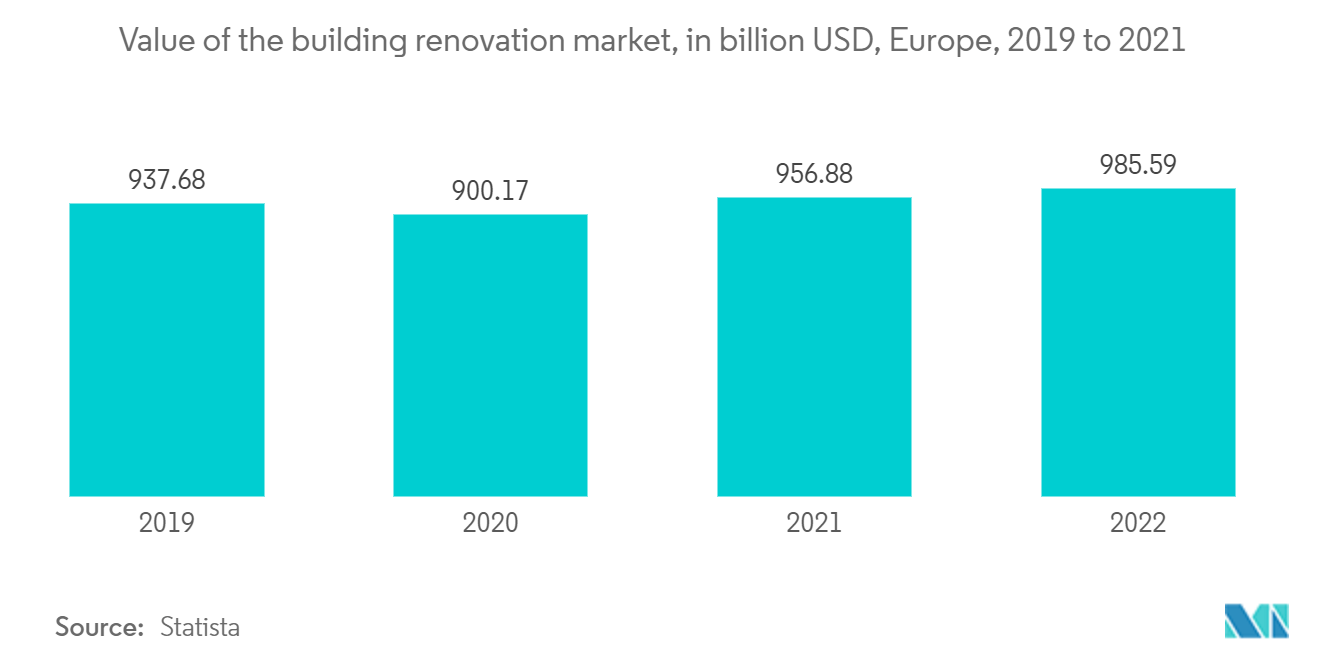Market Trends of France Prefab Wood Building Industry
This section covers the major market trends shaping the France Prefab Wood Building Market according to our research experts:
French Government Support Is Boosting Market Expansion
The French government has unveiled proposals for a sustainability law that would require all new public buildings to be constructed with at least 50% wood or other natural materials. According to Source, the rule will be implemented in 2022 and would apply to all public buildings funded by the French government. Bio-based products are manufactured from stuff generated by living creatures, with hemp and straw being two examples. They, like wood, have a substantially smaller embodied carbon footprint than other construction materials such as concrete and steel. The mandate will apply to buildings constructed for the 2024 Paris Olympics complex.
The idea is consistent with France's Sustainable Cities initiative, which was unveiled in 2009, as well as President Emmanuel Macron's push for the country to be carbon-neutral by 2050. In addition, the French government will contribute EUR 20 million (USD 21.71 million) to the upcoming building of 100 urban farms on the outskirts. The farms will be established in priority neighborhoods, which are locations within cities that require greater investment to address specific concerns. The goal is to green up French suburbs and provide opportunities for locally grown products.

Rising Renovation Efforts To Improve The Aesthetic Value Of Properties Stimulating The Market
The adoption of performance-based renovation objectives and criteria in France has so far been the most forward-thinking use of the information offered in EPCs. They propose a national requirement to rehabilitate all buildings classified as F or G by 2028. The French Energy and Climate Act include novel proposals for dealing with poor-performing buildings, such as mandating audits beginning in 2022. France has long worked to enhance the energy efficiency of its social housing stock, and social housing providers are expediting the transition to low-emission energy and ensuring that benefits are passed on to tenants, therefore lowering energy-related poverty.
To progress towards a more circular economy, social landlords have committed to local low-carbon building supply chains, scale efficiency, and material recycling. The "Union Sociale pour l'habitat" aims to improve the quality and maintain a high level of urban design by expanding the availability of social housing, particularly for low-income and extremely low-income households. The Union presents a three-year plan for new housing construction (more than 300,000 units) and housing restoration (about 400,000 units), based on the capabilities of construction businesses and their subcontractors and suppliers to satisfy demand.


